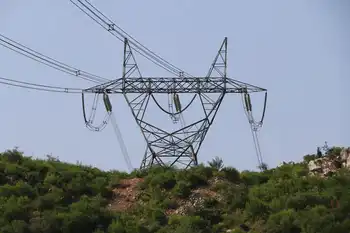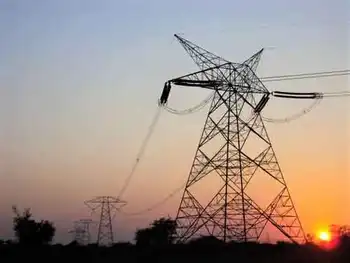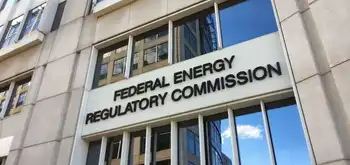Energy efficiency programs can reduce consumption growth by 22%
By Electricity Forum
NFPA 70b Training - Electrical Maintenance
Our customized live online or in‑person group training can be delivered to your staff at your location.

- Live Online
- 12 hours Instructor-led
- Group Training Available
The potential energy savings in 2030 would be 236 billion kilowatt hours, equivalent to the annual electricity consumption of 14 New York Cities.
Stated differently, the demand for electricity over the next two decades could be reduced from the 1.07 percent annual growth rate projected by the U.S. Energy Information Administration (EIA) in its 2008 Annual Energy Outlook down to 0.83 percent, slowing the rate of increase by approximately 22 percent.
The analysis comes at a time when utilities, regulators, and policymakers are aggressively seeking ways to meet growing electricity demand while reducing the nationÂ’s carbon footprint. The key challenge is to maximize potential gains in energy efficiency while ensuring adequate new electric generation to maintain reliability and meet future demand.
The EPRI analysis entitled “Assessment of Achievable Savings Potential From Energy Efficiency and Demand Response in the U.S.” found that under an ideal set of conditions conducive to energy efficiency programs, the consumption growth rate could be further reduced to as low as 0.68 percent annually by 2030. However, achieving the ideal would require costly investments as well as political and regulatory support.
The report defines a realistic achievable figure that includes a forecast of likely customer behavior, taking into account existing market, societal and attitudinal barriers as well as regulatory and program funding barriers. The barriers could reflect customersÂ’ resistance to doing more than the minimum required or a rejection of the attributes of the efficient technology.
A maximum achievable figure assumes a scenario of perfect customer awareness of utility or agency administered programs and effective, fully funded program execution. The maximum achievable number includes the effect of customer rejection of efficiency technologies.
“This study is well suited to inform utilities, policymakers, regulators, and other stakeholder groups,” said Arshad Mansoor, vice president of Power Delivery and Utilization for EPRI. “Estimates of energy efficiency potential affect forecasts of electricity demand, and electric utilities must make prudent investments in generation, transmission, and distribution infrastructure to reliably and cost-effectively address this demand.”
Faced with the challenges of managing energy resources wisely, maintaining low-cost reliable power service, and reducing carbon emissions, utilities and policy makers are looking to energy efficiency as a means to achieve these objectives. Many states have established, or are considering, legislation to mandate energy efficiency savings levels.











